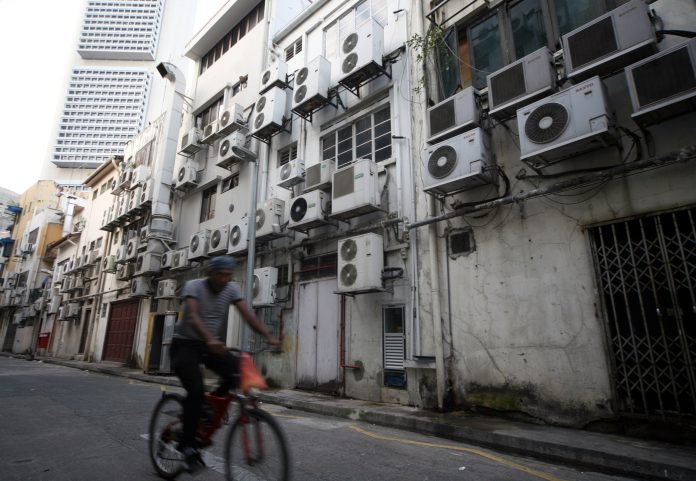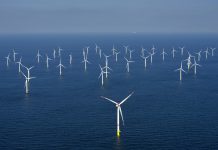Between 64 and 100 million households in India, Brazil, Mexico, and Indonesia will struggle to acquire aircon units by the year 2040
A new world emergency rises with the challenge of air-conditioning in decarbonizing the economy and reducing carbon emissions.
With rising temperatures, and despite a growth in incomes, a substantial portion of people living in emerging economies will not be able to afford air-conditioning.
While richer nations are largely responsible for climate change – simultaneously producing the greatest amount of carbon emissions, as well as extracting the most natural resources from developing nations – developing nations continue to suffer the most from climate change.
As seen in this study, the climbing heat still poses difficulty for economically growing countries as global warming directly affects these nations first.
New research analysing India, Brasil, Mexico and Indonesia show that the aircon shortage will be distinctly prominent in nations with high urbanization levels, hot and humid climates, or poor economic conditions.
Led by Enrica De Cian, professor of Environmental economics at Ca’ Foscari University of Venice and Scientist at Fondazione Centro Euro-Mediterraneo sui Cambiamenti Climatici, this study analyses the causes pushing the emerging cooling crisis, with an assessment of its eventual consequences in 2040.
It is predicted that aircon adoption rates are to rise steeply, leading to only half of households in the featured nations being equipped with an aircon unit. Of the 85% in Brazil, 61% in Indonesia and 69% India, the aircon shortage is to additionally lead to an increase in electricity consumption, which will triple in India and Indonesia, and almost double in Mexico and Brazil.
Global warming will “skyrocket CO2 emissions”
Previous research did not consider the role of income and climate in future projections, because it failed to consider household realities.
In emerging economies, the decision to purchase air-conditioning in response to warmer climatic conditions is strongly dependent on socio-economic and demographic characteristics.
However, what tends to greatly influence decisions to purchase an AC unit are housing conditions, education, employment, gender, age of the household’s head, and whether they live in urban or rural areas.
The report reveals that the real demand for air-conditioning should be a representation of the needs for improved thermal comfort, entailing how new adaptation to the cooling gap should be understood.
“Increasing the use of electricity for residential space cooling is a form of adaptation that helps relieve people from heat stress, but it is no panacea, as electricity expenditure will limit opportunities among the lowest income households.
“Even those with air-conditioning will be exposed to a new condition of vulnerability related to supply shortage in the power sector, such as the recent Canadian experience, or degraded power stability.
The implication is that it is imperative to manage the growing appetite for residential space cooling by using a mix of efficiency measures, policies, and technologies,” says Roberto Schaeffer from the Energy Planning Program at the Universidade Federal do Rio de Janeiro.
“A vicious cycle”, says researcher
Indonesia and India have the most hot and humid days, and their use of AC units closely represents the climate conditions and weather, however, urbanisation and access to electricity play a mediating role.
In India, the highest numbers of hot and humid days are observed in the states of West Bengal, Assam, Uttar Pradesh, and Orissa. However, these states are not associated with the most widespread use of air-conditioning.
Although Indonesia has the highest values of hot and humid days, households rarely own air-conditioning units, except for the wealthiest districts of Jakarta and the Riau Islands.
In Brazil, the state of Rio de Janeiro shows relatively high adoption rates for air conditioners, despite the lower number of annual hot and humid days compared to its neighbouring nations, where urbanization is low.
Finally, in Mexico, the average ownership rates in the hotter states are already high, reaching 73% in Sonora or 77% in Sinaloa.
Increasing demand in all socio-economic and climate scenarios means that the large amounts of energy needed to power all these new appliances will subsequently escalate CO2 emissions. Therefore, future research is required to estimate the potential environmental significances of this vicious cycle.
“It is not just a story of a changing climate or affluence levels, which are improving. Our results suggest that AC adoption patterns are determined by multiple drivers, with different importance across countries,” says Enrica De Cian.











